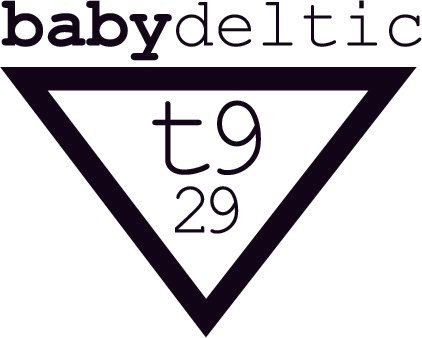About the BDP
We trade as 'The Baby Deltic Project Ltd' (a company limited by guarantee), our trading address is:
The Baby Deltic Project, c/o Barrow Hill Roundhouse, Campbell Drive, Staveley, Chesterfield, S43 2PR.
We were formed in 2001 and are the owners of the sole-remaining Napier Deltic type T9-29 engine and generator set (the 'Power Unit'). We bought this power unit from the National Railway Museum in 2001 and began a programme of refurbishment in 2007, this culminated in a successful engine start in October 2008.
Finance for the project comes from three sources; the six people involved (about 60%), a sponsorship arrangement with the companies owned by of two of the people involved (about 30%), sales from the website (about 5%) and donations through the website (about 5%).
About the people involved
The Baby Deltic Project is a group of six people who give freely of their time and money to meet a common desire to see our power unit run in a locomotive once more.
There is no membership scheme for the Project, however, if you would like to help us meet our aims why not take a look at our items for sale by following the 'Shop and donate' link above.
About the project
Following a very short period with the power unit installed in the 'VDA' van, we bought a loco and installed the power unit in it. This allowed us greater freedom and considerably eased the process of running-in and testing the power unit. This running-in and testing was completed in 2010.
In September 2010 The Baby Deltic Project announced its intention to create a replica of an EECo Type 2 (Class 23) ‘Baby’ Deltic, using its test-bed loco as the starting point.
The decision to build a replica of this long absent locomotive type follows the presentation of a detailed feasibility study to Project members at a meeting in early July 2010. The study investigated the options available for conversion, the engineering processes and facilities required and the likely cost of conversion. This is clearly a large engineering undertaking and the decision to go ahead has not been taken lightly.
In brief, the Project intends to shorten the nose and body length of the 'donor' loco, restyle the body and mount the loco on Class 20 bogies so as to reproduce, so far as reasonably practicable, the appearance of a Class 23. It is not as simple as it seems, the apparantly simple act of shortening the nose ends involves more work than the shortening of the body section for example. To mount Class 20 bogies onto a Class 37 underframe requires the modification of the entire centre casting, pivot members and side-bearers as well as all the bracing and load concentration points.
The bogies (a fundamental part to the recreation) have been acquired already while the heart of the loco – the sole remaining Napier T9-29 engine – has been rebuilt from a ‘seized solid’ hulk to an operational unit by Project members over the last two and a half years.
The conversion is being undertaken at Barrow Hill Roundhouse, Chesterfield and is being carried out in five phases, i.e; 1 - strip out of loco body (nose end equipment, fuel tanks, auxiliary equipment), 2 - underframe mods for bogie change, 3 - noses shorten, 4 - body shorten and cosmetic modifications, 5 - fit out.
The timescale for the conversion will be almost entirely determined by the resource available.
